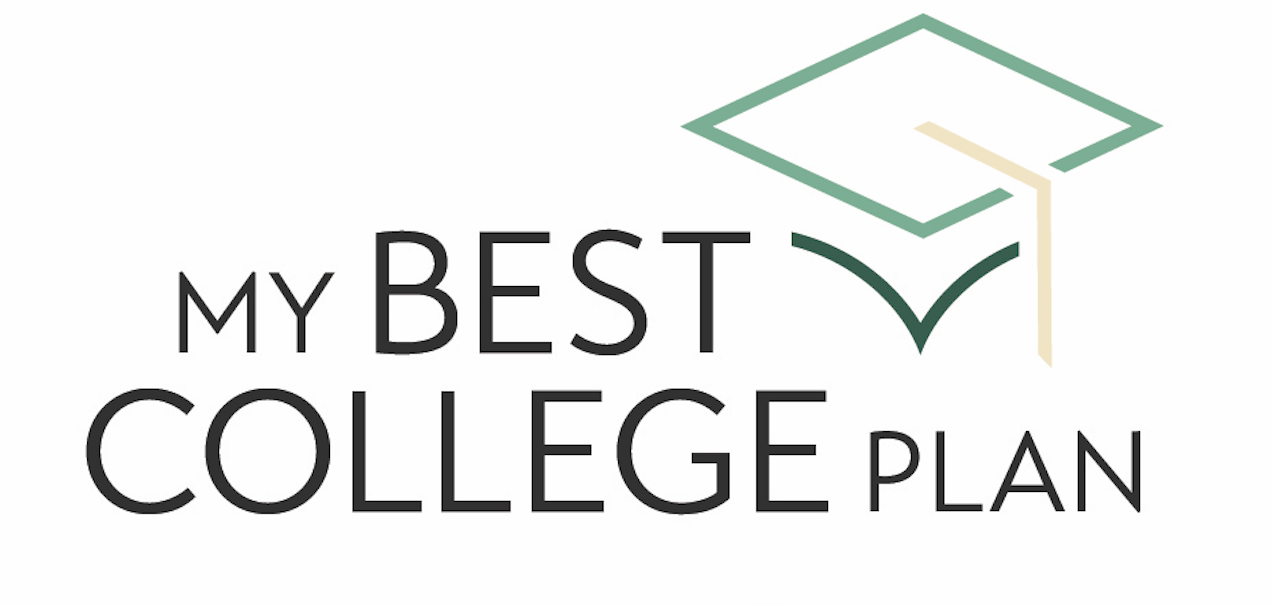Campus Tours in the Future
/Due to the pandemic, the future of college campus tours has changed. The College of the Holy Cross has shifted its tours to more times per day with fewer people. This allows for smaller groups and a more individualized experience. In addition, pre-registration is a requirement. Drew Carter, the deputy director of admission at the College of the Holy Cross, is considering keeping the new format of the tours even after the pandemic.
At the University of Rochester, tours are kept small and are limited to an hour in length. The university is also taking the precautions necessary in case covid cases increase - limiting registration to only a month in advance.
Baylor University has offered an individualized approach to campus tours. Last summer, Baylor permitted only one family to visit campus; however, this month, they now allow for 12 people per tour. The university has received a good response from the more personalized tours - leading to qualified candidates and increased conversion rates. The rate at which Baylor visitors enrolled more than doubled since 2019.
On the other hand, colleges continue to emphasize their virtual tours as these events reach several audiences. Additionally, colleges want to remain prepared in case the pandemic gets worse.
During the last year, Washington University in St.Louis continued to expand its virtual programming; along with virtual tours, the university also offers virtual interviews. However, the university will still provide some on-campus options like the “WashU Walk-Through,” a three-hour on-campus event held June through August. The university expects 2,500 students plus three family members per visitor. This is similar to a typical summer.
To read more about the future of campus tours, please click the link below:
https://www.insidehighered.com/admissions/article/2021/07/26/future-campus-tour

